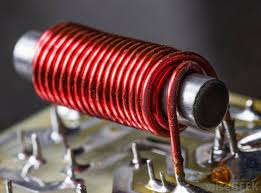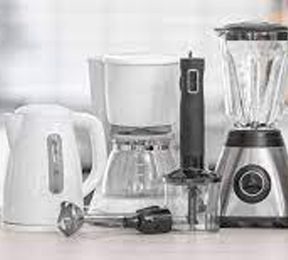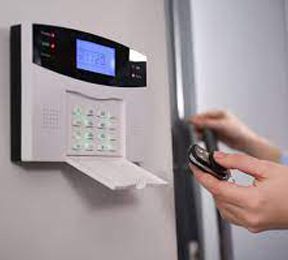Relay Selection and Considerations
When choosing a power relay for your application, a number of variables must be thoroughly evaluated to ensure optimal efficiency and integrity. The primary step in the option procedure is to determine the electrical needs of your system, consisting of the operating voltage and current. These criteria are important as they specify the relay’s lots ability and guarantee it can deal with the electric needs without failing.
Another important consideration is the kind of tons the power relay will certainly regulate. Different loads, such as resistive, inductive, or capacitive, can affect the relay’s performance. For example, inductive tons like motors or transformers typically generate high inrush currents, which can create get in touch with wear or perhaps welding if the relay is not sufficiently ranked. For that reason, it is important to pick a relay that is specifically developed for the sort of lots in your application.
The ecological problems in which the relay will operate should additionally be thought about. Variables such as temperature level, humidity, and exposure to dirt or chemicals can influence the relay’s lifespan and performance. Picking a relay with the suitable ecological scores, such as IP (Ingress Protection) ratings, guarantees that the tool can stand up to extreme problems without compromising its capability.
Furthermore, the physical size and installing choices of the power relay are important, especially in space-constrained applications. It is essential to consider the readily available area within the room and ensure that the relay can be conveniently set up and accessed for upkeep. Some applications might require relays with certain placing configurations, such as DIN rail placing, to satisfy the system layout requirements.
Finally, think about the relay’s action time and the operational frequency. In high-speed applications, the relay’s capacity to change quickly and continually is critical. Delays in changing can influence the general system performance, especially in critical applications. As a result, understanding the relay’s response characteristics and ensuring they line up with the system’s functional needs is vital.
Advantages and Limitations
Power relays are essential parts in various electric and electronic applications, supplying a variety of benefits and restrictions that ought to be very carefully thought about when selecting the proper relay for a particular usage case.
Benefits
Among the key benefits of power relays is their capability to manage high-power circuits with a low-power signal, providing a reliable methods to take care of electric lots in commercial and business applications. This capacity makes them crucial in scenarios where direct control of high-power circuits is not practical or unsafe.
One more considerable advantage is their convenience. Power passes on can be found in different configurations, consisting of single-pole single-throw (SPST), single-pole double-throw (SPDT), and double-pole double-throw (DPDT), permitting a wide variety of applications. In addition, power relays can be utilized in both air conditioner and DC circuits, further improving their flexibility.
| Benefit | Description |
| Reduced Control Power | Makes it possible for control of high-power circuits with minimal input. |
| Convenience | Offered in different arrangements for different applications. |
| AC/DC Compatibility | Can be made use of in both rotating and direct current circuits. |
Limitations
In spite of their advantages, power relays have a number of constraints that need to be recognized. Among the most notable is their mechanical wear with time. As power communicates depend on physical calls to open up and close circuits, repeated use can cause contact wear, lowering the relay’s lifespan and integrity.
An additional restriction is the possibility for contact arcing when changing high currents, which can damage the relay contacts and bordering elements. To reduce this, extra safety actions, such as snubber circuits, might be needed, enhancing the overall complexity of the system.
Last but not least, power relays generally have slower switching speeds contrasted to solid-state relays (SSRs). This slower action time can be a disadvantage in applications where quick changing is needed.
| Constraint | Description |
| Mechanical Wear | Minimized lifespan because of physical get in touch with erosion. |
| Contact Arcing | Potential damage to calls and elements when switching high currents. |
| Slower Switching Speed | Much less appropriate for applications calling for fast feedback times. |
Finally, while power relays deal countless benefits such as low control power demands and versatility, they additionally include restrictions like mechanical wear and slower changing speeds. Comprehending these elements is essential when selecting the ideal relay for a given application.
Conclusion
Power relays are a testament to the combination of electromagnetism and mechanics, facilitating controlled switching in countless applications across industries.
With their ability to handle high power loads, power relays play a vital role in industrial automation, home appliances, automotive systems, energy distribution, and safety applications. If you have any questions about our products, please feel free to contact us at [email protected].





